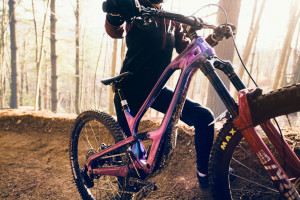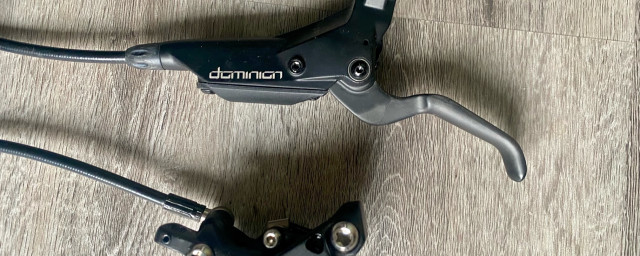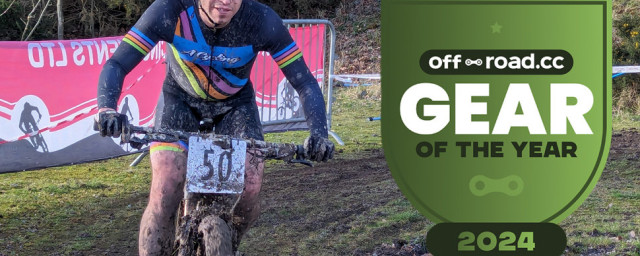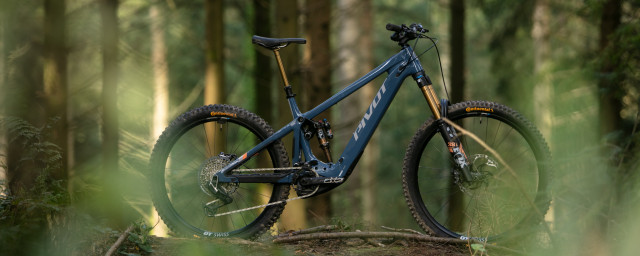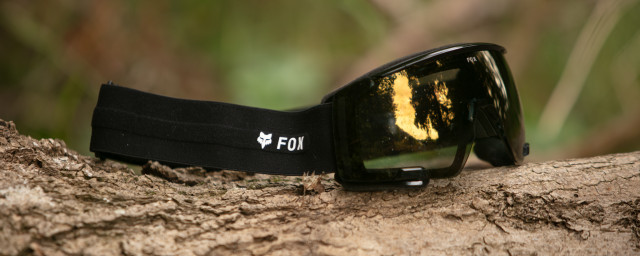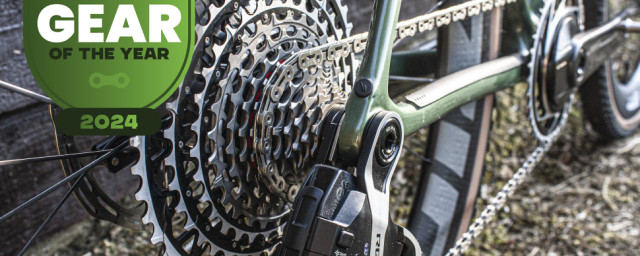First Ride: Cannondale Jekyll 1

Cannondale's new Jekyll is a marked departure from the previous bike to sport the name and from a day spent chucking it around the woods, it feels like a big improvement too.
The bike has been thoroughly revised with the help of Cannondale's Enduro World Series racing star Jerome Clementz. It's now got a much longer reach figure of 470mm for a Large frame, while the seat angle has been steepened to 75º in order to aid forwards weight balance on steep climbs. Up front, the 170mm travel fork is kicked out at a respectably slack 65º, though there's not a huge bottom bracket drop at just 8mm. That said, it's pretty much on point for the current generation of enduro bikes and a serious improvement over the conservative figures of the old machine.
So long, special suspension
The biggest difference between the old and new Jekyll is that while the old bike used a proprietary rear shock that was actuated by being pulled apart, this bike uses a much more conventional design that's squashed together. It does still retain a little of the two-shocks-in-one capability of that unit, however, with a special 'Gemini' air sleeve on the Fox Float X shock that allows you to remotely step down travel to 130mm from the full 165mm on offer, with an increase in spring rate to match. Unlike the old unit, it doesn't alter bike geometry as it changes the travel, though on the plus side it's said to be significantly lighter.
It's also goodbye to the single sided Lefty Supermax fork that was found on the higher end bikes, gone in favour of conventional units from Fox and RockShox. While Cannondale's data claimed their one-legged wonder was stiffer than their rivals, it's fair to say that it struggled to offer the same damping performance as it had to squeeze both damper and spring into the same space.
Cannondale is very much into using their own 'System Integration' approach when designing their bikes, so it should come as no surprise that the Jekyll sports their 'Ai' rear wheel offset. It kicks the Boost 148 spaced rear hub out slightly towards the drive side, allowing for an even dish on the rear wheel and a theoretically stronger and tougher wheel. Of course, that does require a non-standard chainring offset, so you may find your options limited if you ever need to replace or upgrade.
Spec: Cannondale Jekyll 1
Ride impressions
While a day spent riding around the mostly jumpy and not overly lumpy trails of Tidworth Freeride isn't the best place to get to grips with a bike designed for the rough and ready rigours of top-flight enduro racing, I still managed to get a reasonable feel for how the new bike performs.
The sizing is a vast improvement over the old bike, and it feels much better whether climbing or descending thanks to the great reach and steeper seat angle. It's definitely a bike that felt like it'd be more at home taking on some serious trails rather than being a do-it-all trail bike, but that's what the shorter travel Trigger platform is for.
It's hard to complain about the kit on the bike. The Fox 36 fork is sublime and I can't say I miss the single legged Lefty Supermax fork of the old bike in any way at all. It's more supple, more tunable and any disparity in stiffness is overshadowed by the massive performance gains on offer from Fox's unit.
At the rear the travel adjustment of the Gemini sleeve at the back does exactly what it's supposed to. The Float X is an older model in the Fox range, so it'll be interesting to see whether the technology is ported over to the newer Float DPX2 - I can't see a reason why it wouldn't. Even so, it's plenty smooth and supple. More significantly, it's easier to set up correctly than the old pull shock that required a careful balancing of extremely high-pressure chambers with a special pump. Okay, the old unit was such a big lump of metal that Cannondale say that it less affected by heat build up on long descents, but I feel that's a small trade-off compared to ease of tuning and setup.
The rear end is also nicely supportive and progressive, as I found to my benefit after coming up short on a few ill-judged hucks. Pedalling performance also seemed very good, without the soggy feeling that you can often get from longer travel bikes. Whether that translates into less small bump performance and grip on chattery surfaces would require much more riding.
Elsewhere, there's little to complain of with components. The Hollowgram rims gave a good shape to the excellent Maxxis rubber, though there really wasn't enough trail chatter to see whether the stiffness of the carbon ended up feeling overly harsh, which is a common complaint I have as a fairly lightweight rider. Either way, both the frame and wheels were very precise, with little laziness or flex evident in either.
The SRAM drivetrain works perfectly, with enough range to get you up and down anything you can think of. The braking is also excellent, with the four piston Guide RSC stoppers hauling you up with ease. Bigger riders in bigger hills might lust after the new SRAM Code brakes for improved stopping, but I suspect for most people these will be powerful enough.
Of course, at this sort of money there really shouldn't be any weak links in the kit fitted to the bike, but for anyone more conscious of cost, the all-aluminium framed entry to the range looks like a much more interesting prospect. At £2999, it's got Fox Performance suspension, Shimano SLX 11spd gearing and the same Maxxis rubber. That's the bike I plan to get in for a more thorough test, so check back soon for that.
All in all, my first impressions are that the new Jekyll is a much more capable beast thanks to more current geometry and handling, while the changes in suspension mean it's easier to get the bike feeling balanced. It's much more Mr Jekyll and less of the Mr Hyde.
